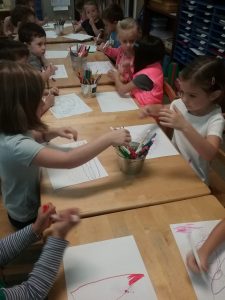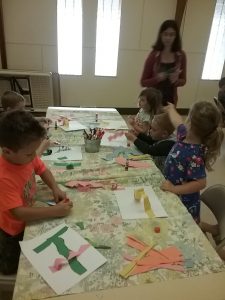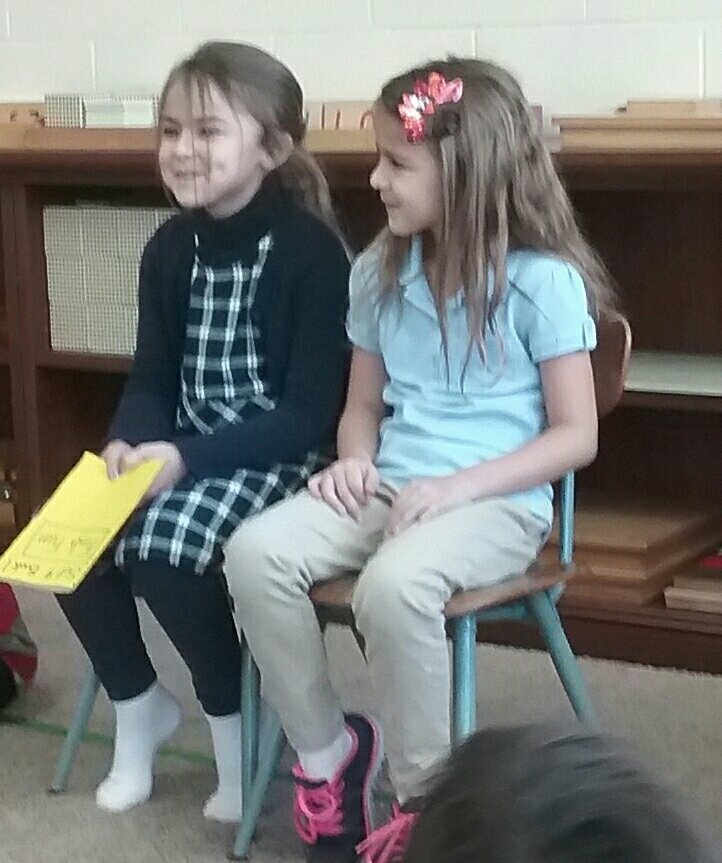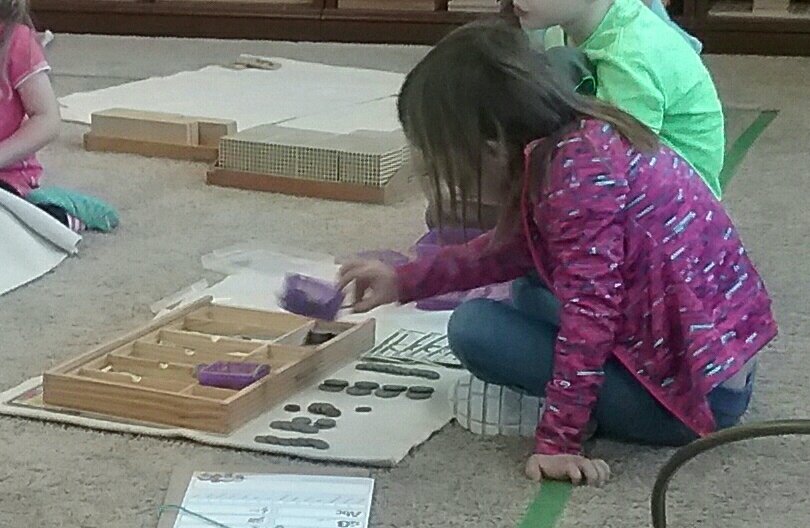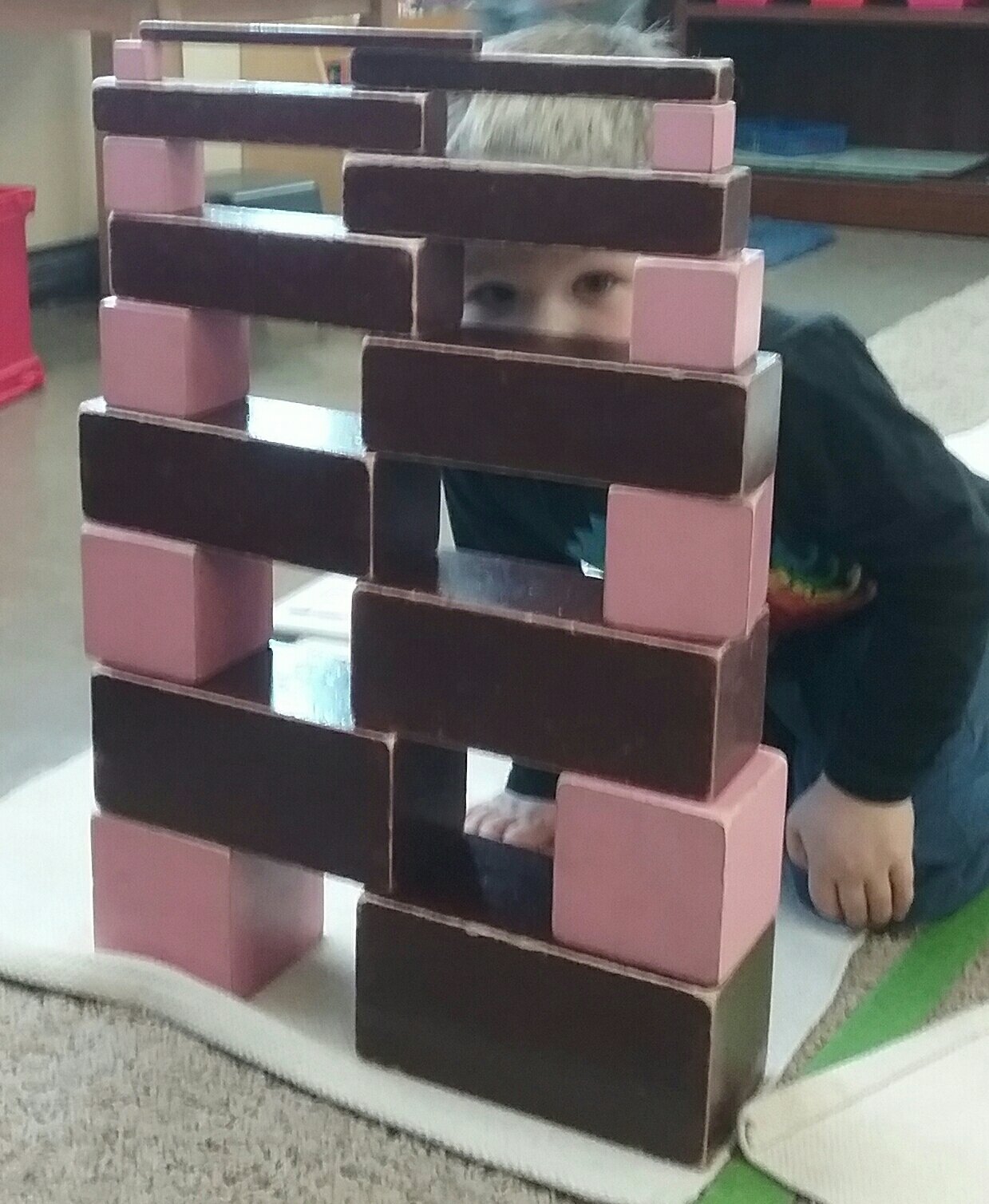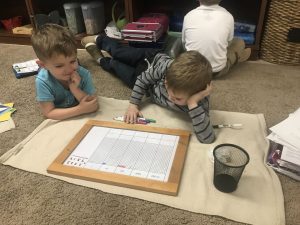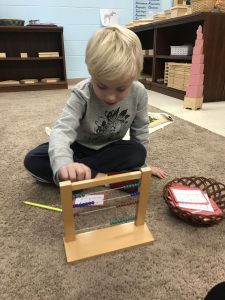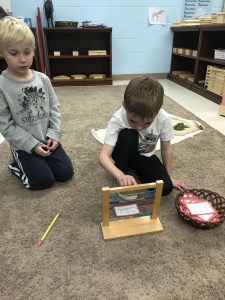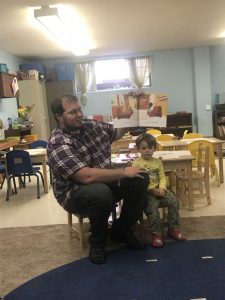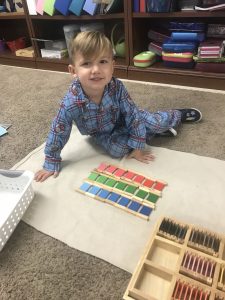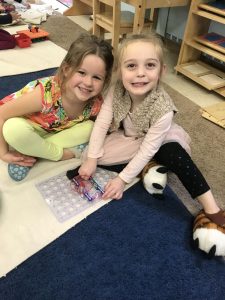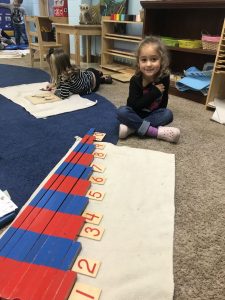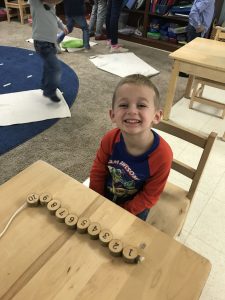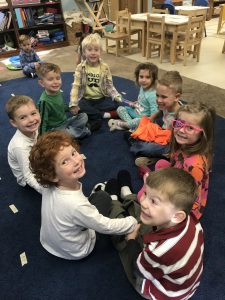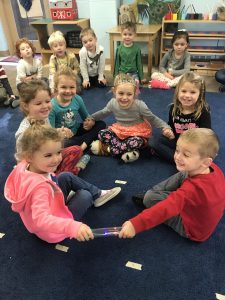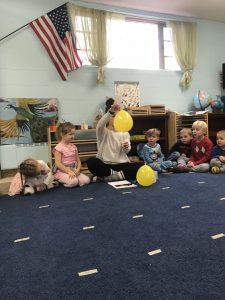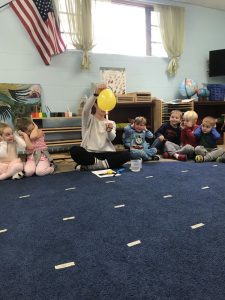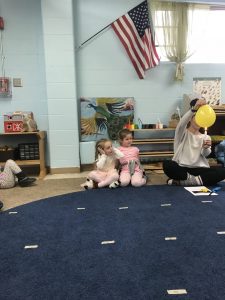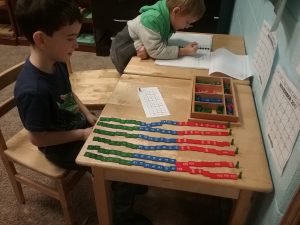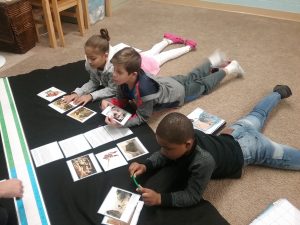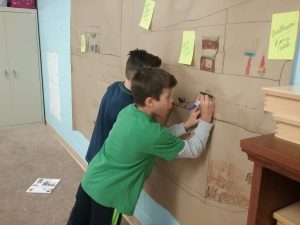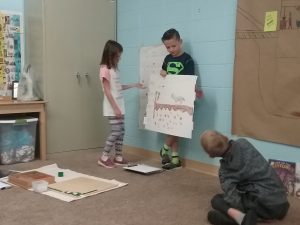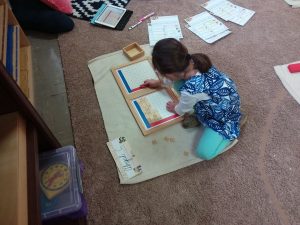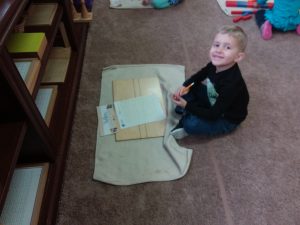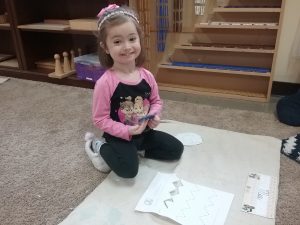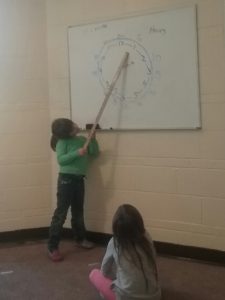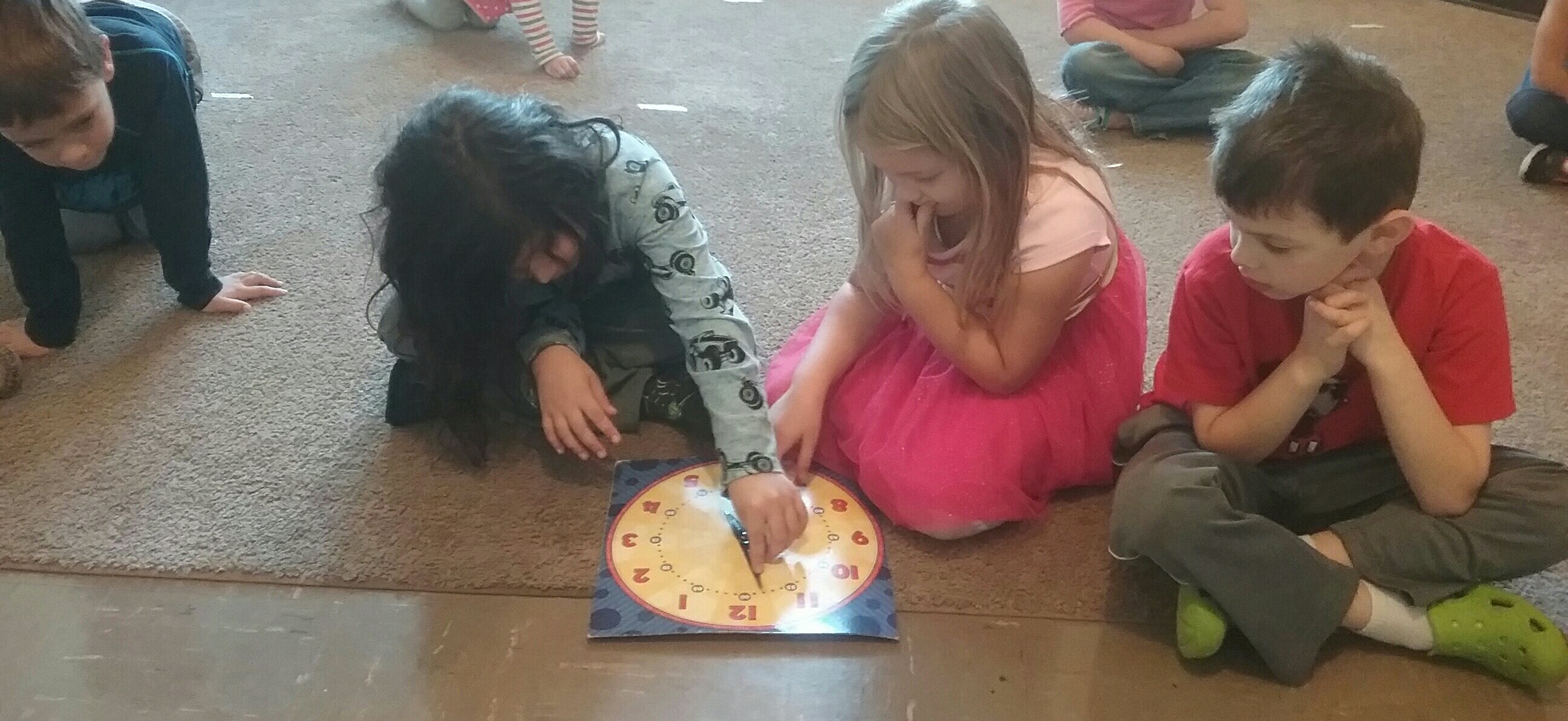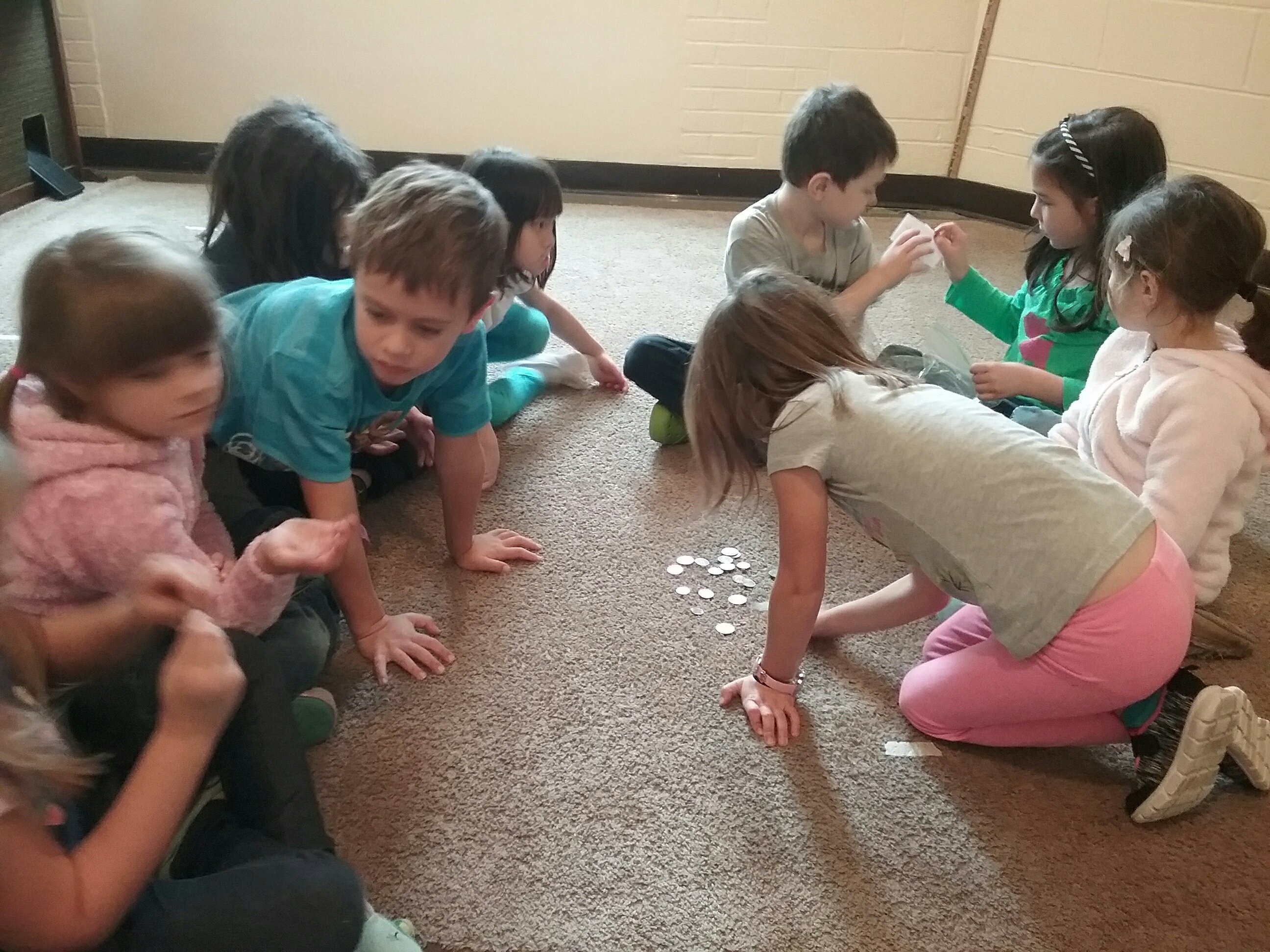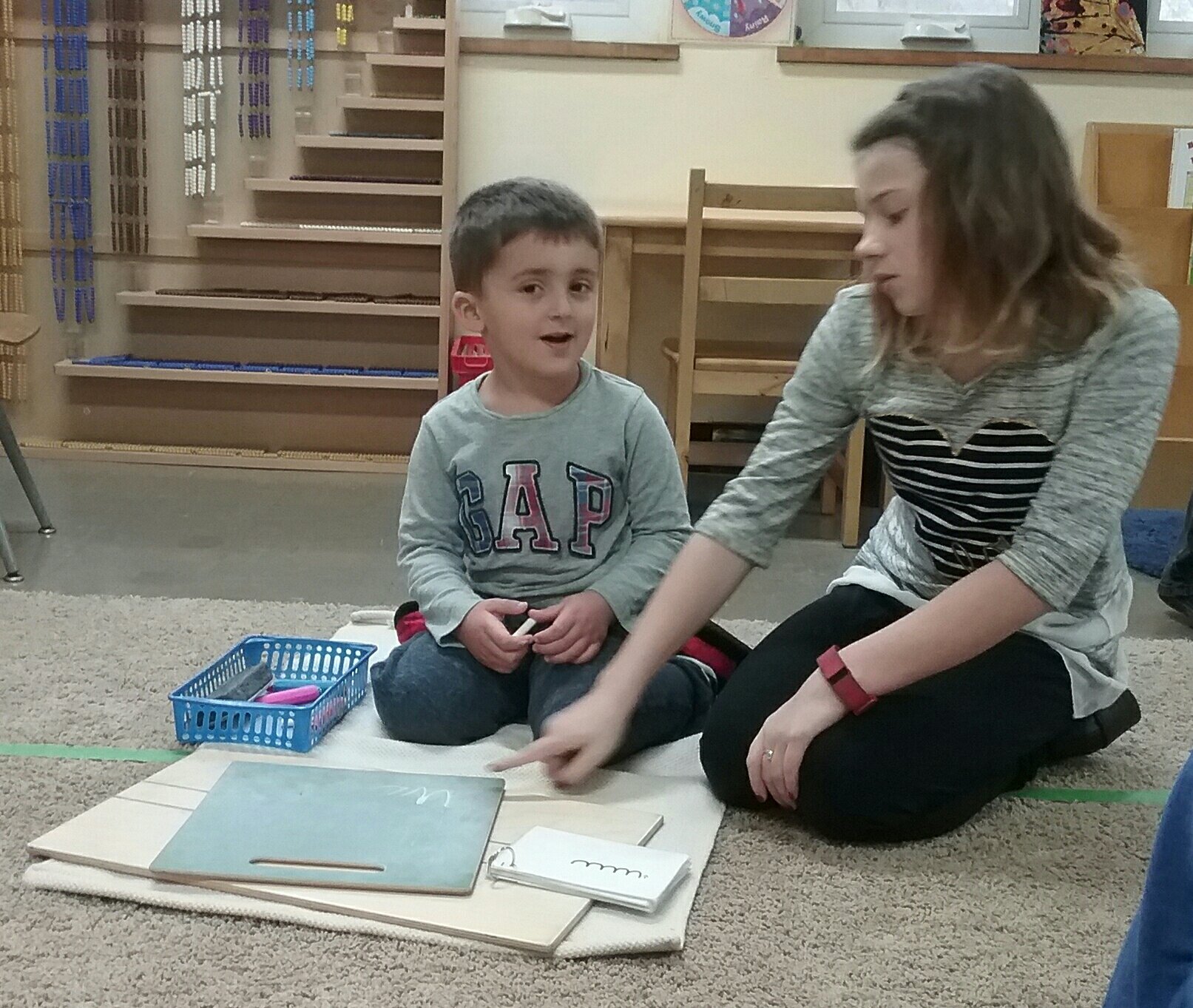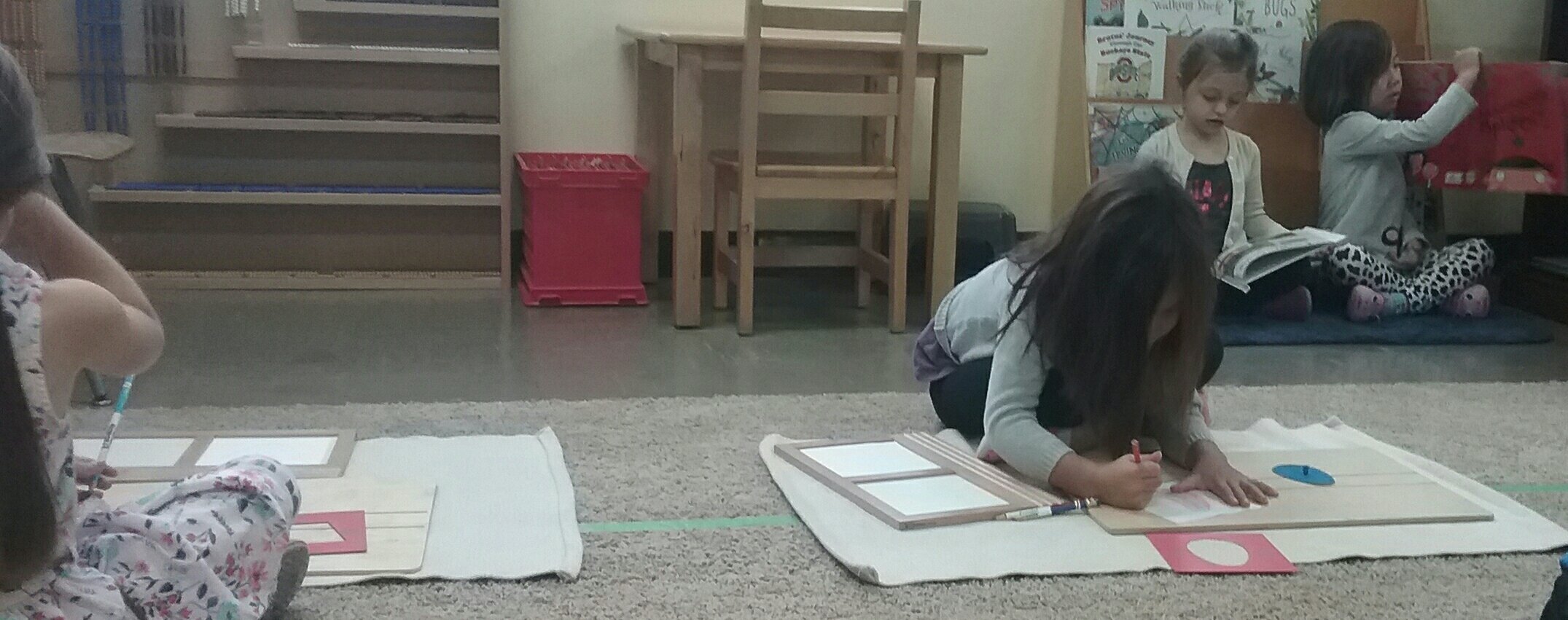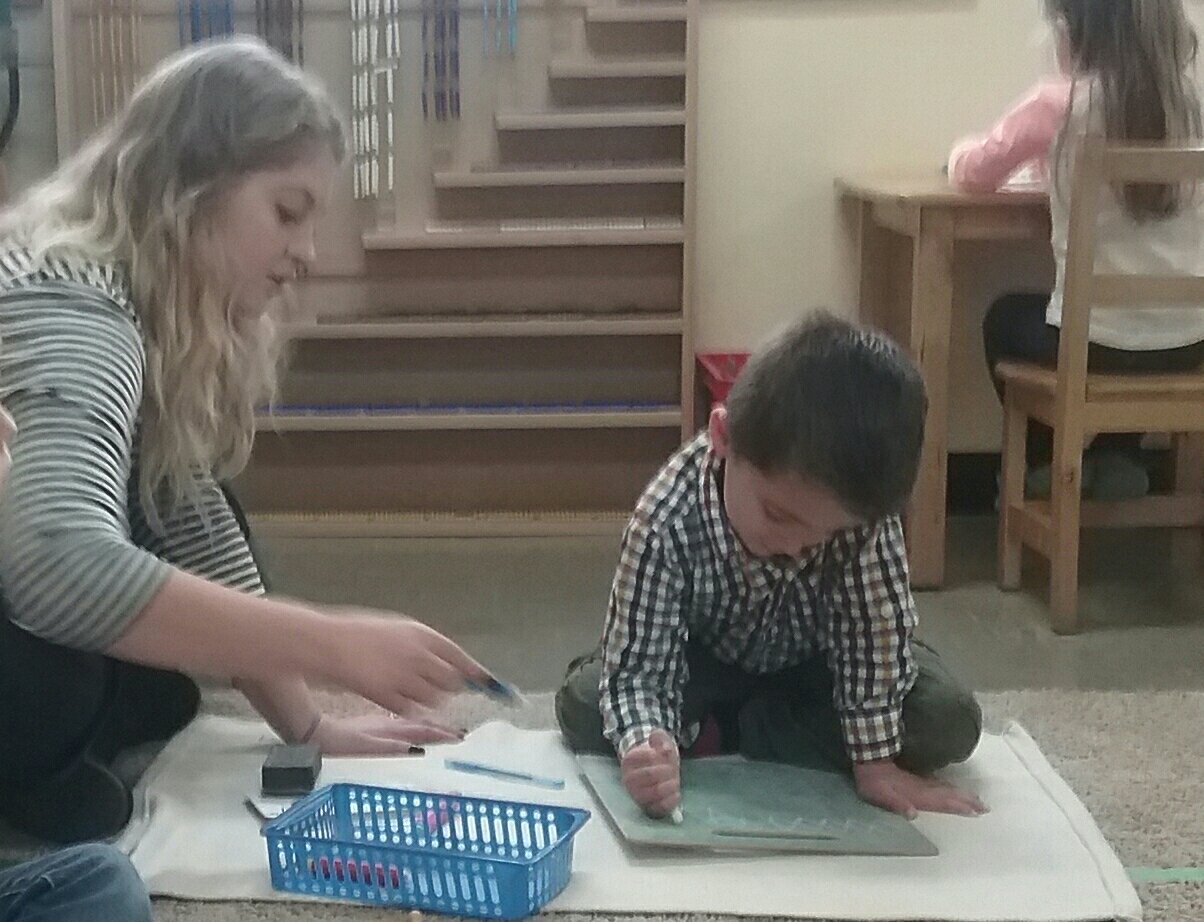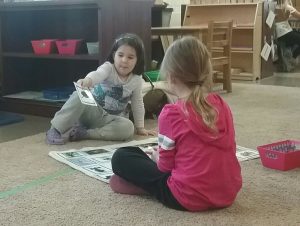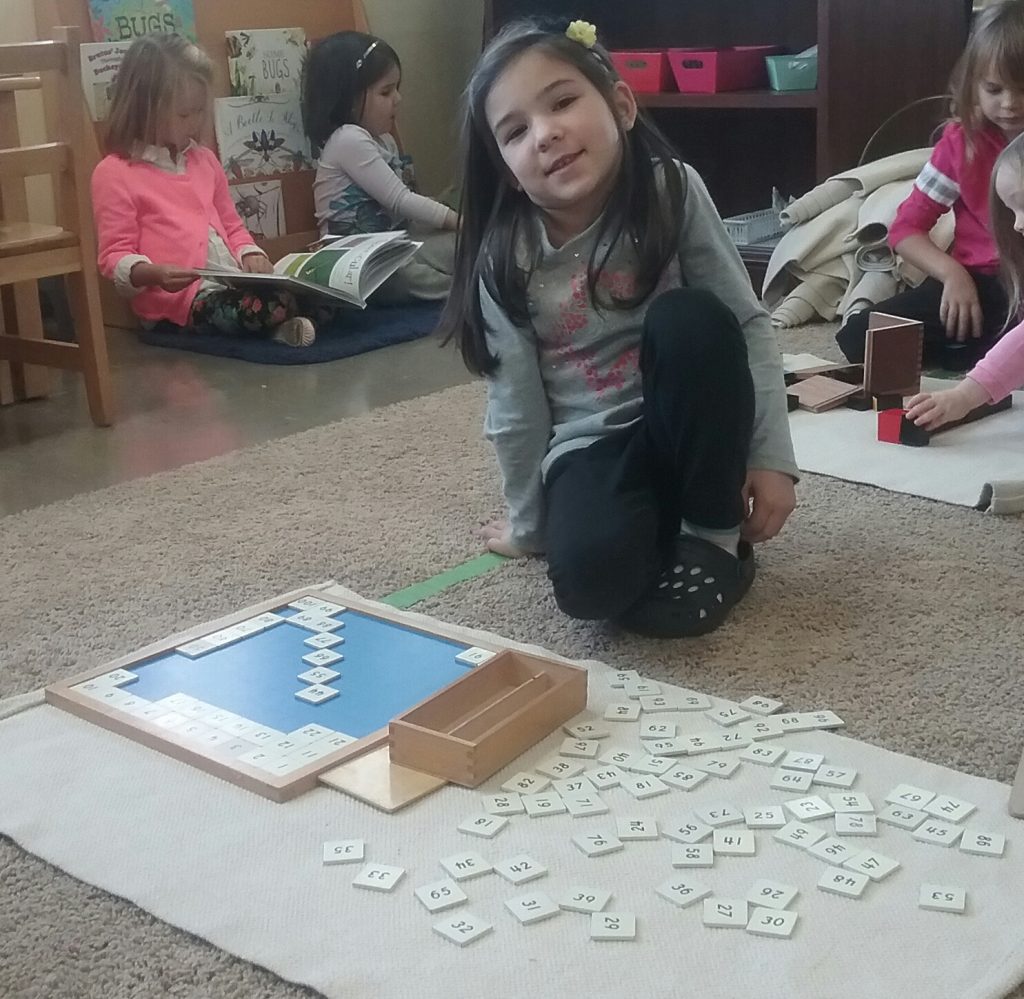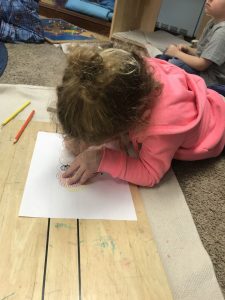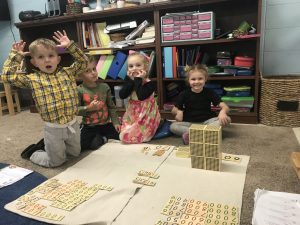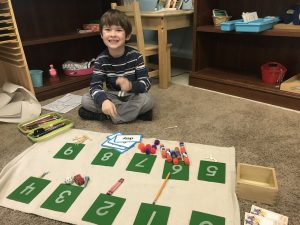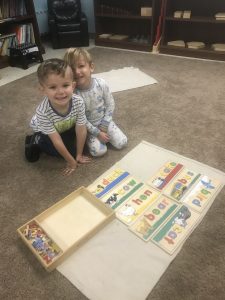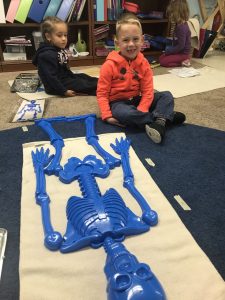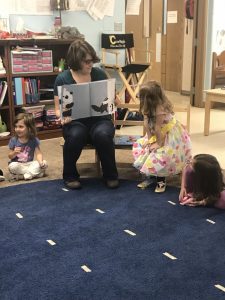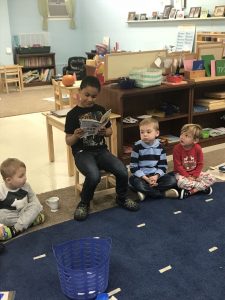With Ms. Renee
Week of October 1st:
To begin October and our unit on creating “Colorful Masterpieces”, we read I Don’t Draw I Color by Adam Lehrhaupt and Dr. Seuss’s My Many Colored Days. Both books talk about how important color is in art and how color can convey emotion in our artwork. We learned how color can help
us understand our emotions and shared with each other our favorite colors.
We also talked about how sometimes we feel sad or happy or tired and how we can feel more than one emotion at a time! As a class we shared how we were feeling that morning and then used those colors to create our very own colorful masterpiece!
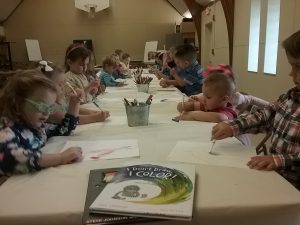
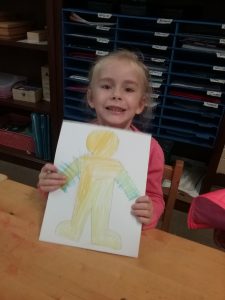
Week of October 9th:
We continued our unit on creating “Colorful Masterpieces” with a lesson on lines. Lines are everywhere! All around us! There are so many different types of lines, which we discussed while matching examples to the lesson board.With the intention of practicing some basic cutting and gluing skills our project began with cutting out different types of lines. We worked on holding our scissors properly and following the black lines on the construction paper. Using glue sticks, the students created a line collage!
After demonstrating a few collage techniques (creating a paper spiral, folding the paper accordion like, rolling the paper) it was exciting to see each student incorporate those types of lines into their collages. Each student ended up with a 3D line collage that they cut, folded and glued together themselves!
Week of October 16th:
Our third lesson in our unit on “Colorful Masterpieces” began with a discussion about the color wheel and more specifically warm and cool colors. We talked about what a warm and cool color is and looked at examples of famous paintings that were good examples of each, including paintings from Picasso’s Blue Period and Van Gogh’s warm sunflower paintings.
Using lines, we drew and then painted lines onto watercolor paper using only cool colors. It was neat to see how the cool colors mixed together!
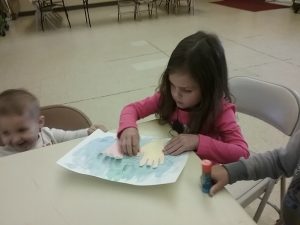
Next we traced our hands onto a separate paper and painted them in warm colors. After cutting our hands out the students glued them onto their lined cool color painting. Our end result was truly a masterpiece of warm and cool colors, the little hands making the project all the more special!
Week of October 23rd:
In the spirit of it being the week of our Halloween parties we worked on cutting and gluing shapes as well as painting pumpkins to create our own nighttime pumpkin patch!
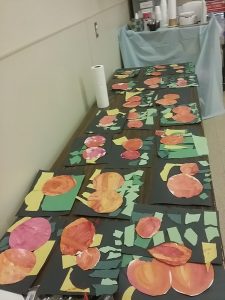
Week of October 30th:
This week we talked about the changing leaves and colors around us when we go outside to play. We used these colors to create a fall tree collage! Practicing our gluing, cutting and drawing skills the students worked hard at creating their final project. We began with gluing the grass and sky using square tissue papers. Then we drew circles on red, orange and yellow papers to cut and glue down for our fall trees. We finished our projects using brown tree trunks and drawing lines on our trees for branches. Such a fun project that involved many of our basic art skills!

